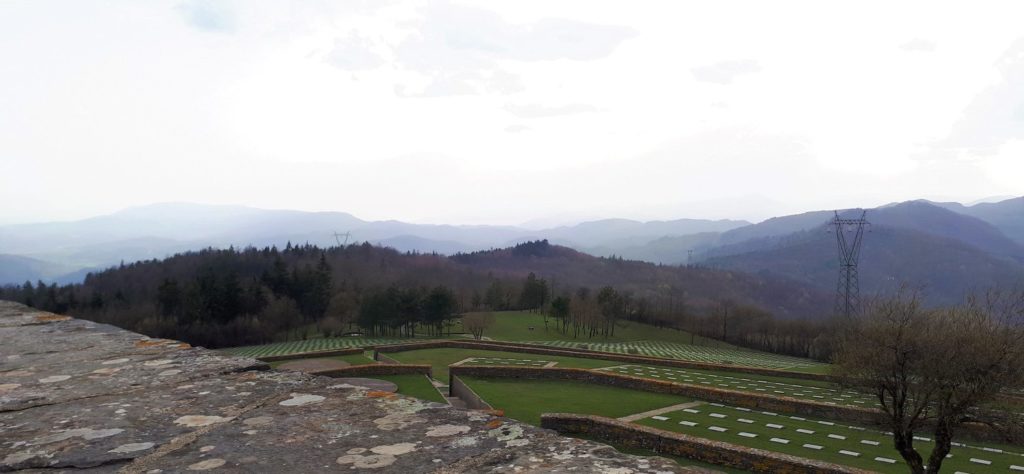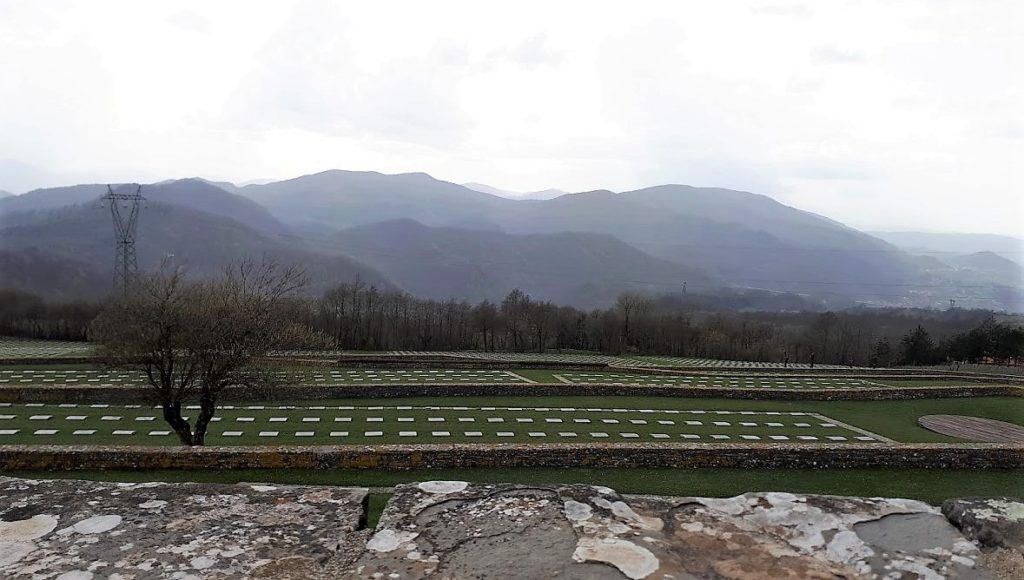An excerpt from Francesca’s diary…
“La via degli dei”, is a trekking route that connects Bologna with Firenze through the Apennines, in the last few years is has become one of the most important touristic attractions. The route itself is 1000s of years old, the Etruscans used this route for trade and to spread their domination of the Padana Plains. It was the Romans who in fact built an actual road, as they wanted to ensure there was a path to Arezzo and Rome passing through the Apennines. The route also united Felsina (Bologna) with Fiesole (Firenze), renamed “Flaminia Militare” because it’s characterized by roman stones that you can find along different parts of the route.
It wasn’t until the late 1980’s the route was “rediscovered” by hikers groups, born in Bologna and aptly named “The Path of Gods”. The reason for the name is that along the route there are a number of different mountains that have been named after Gods and Goddesses: Monte Adone (Adonis), Monzuno (Mons Junonis), Monte Venere (Venus) and Monte Luario (Lua).
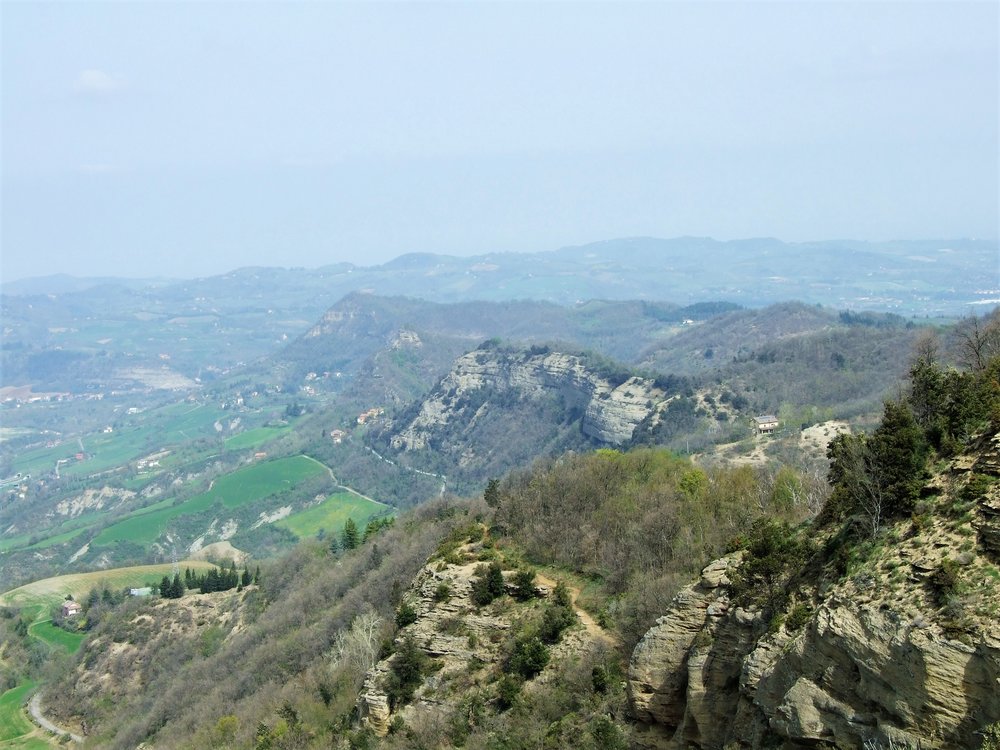
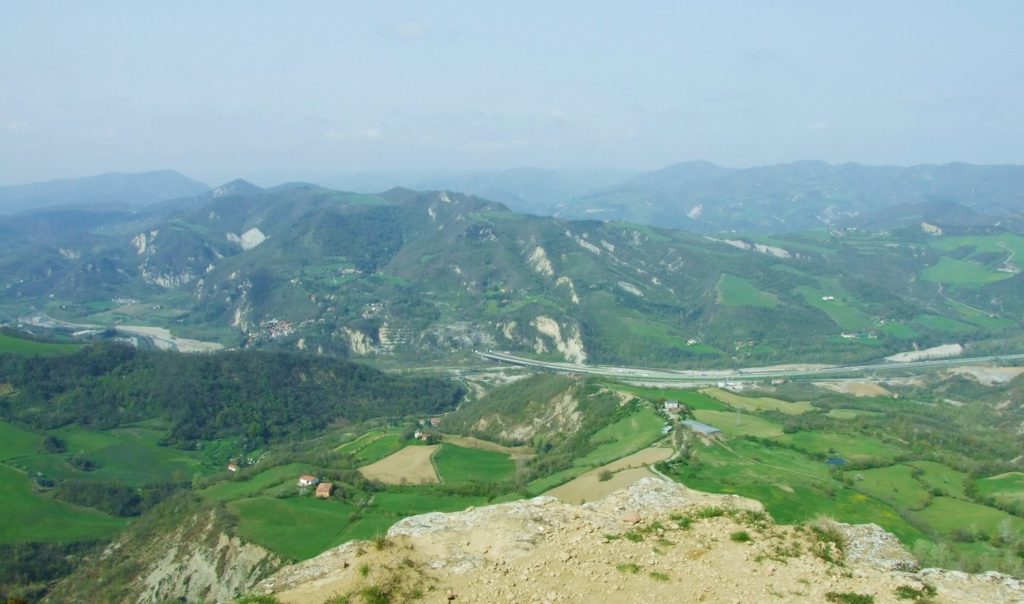
Today, we completed a 2 hour walk up to Mount Adone, here you can see wonderful views over the valley and also admire the Apennines. It was quite amazing knowing that our ancestors walked the very same path over 2000 years ago.
Stops:
1st Stop : Bologna – Sasso Marconi – Badolo.
2nd Stop: Badolo – Monzuno – Madonna dei Fornelli
3rd Stop : Madonna dei Fornelli – Passo della Futa – Monte di Fo’
4th Stop : Monte di Fo’ – Passo Osteria Bruciata – San Piero a Sieve
5th Stop : San Piero a Sieve – Bivigliano
6th Stop : Bivigliano – Fiesole – Firenze
In the afternoon at Piana di Balestra, we completed a short walk (30min) along the 24km Roman road “Flaminia Militare”. Built in 187 bc during the Roman Empire from Mount Venere (Bologna) to Mount Poggione (Pistoia, Toscana). Into the woods we walked across the border line with Tuscany stopping in “Passo della futa”, a pass In the Tuscan-Emilian Apennines.
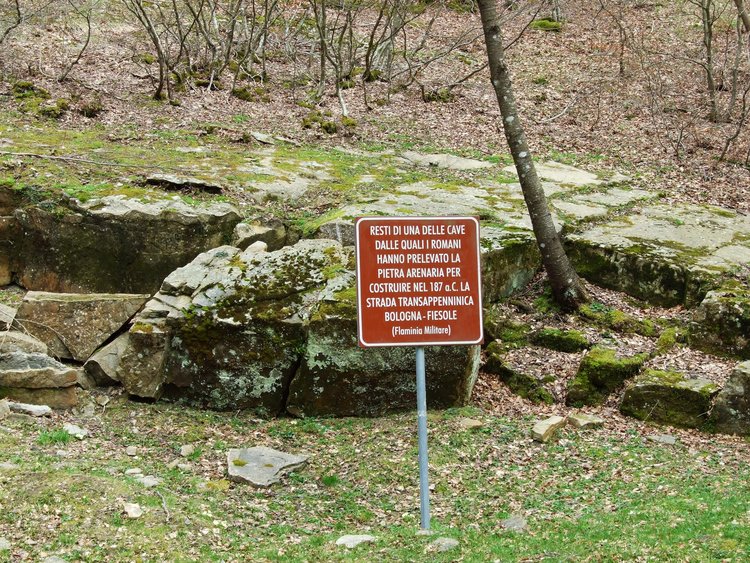
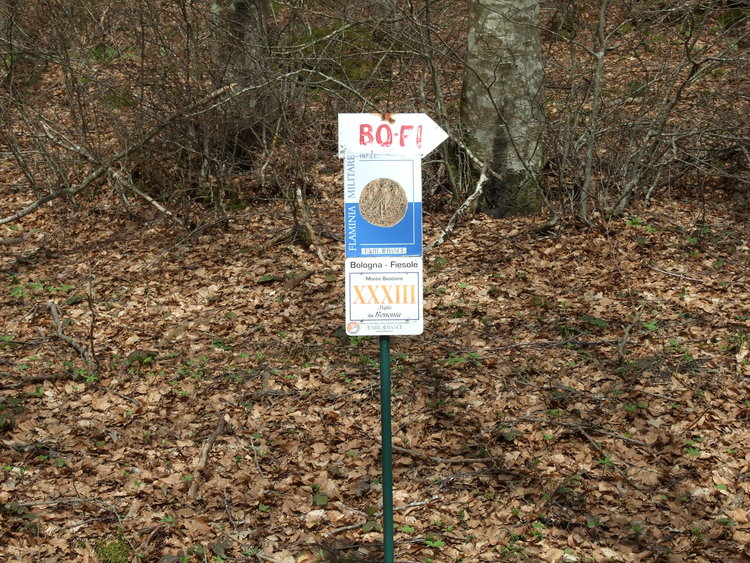
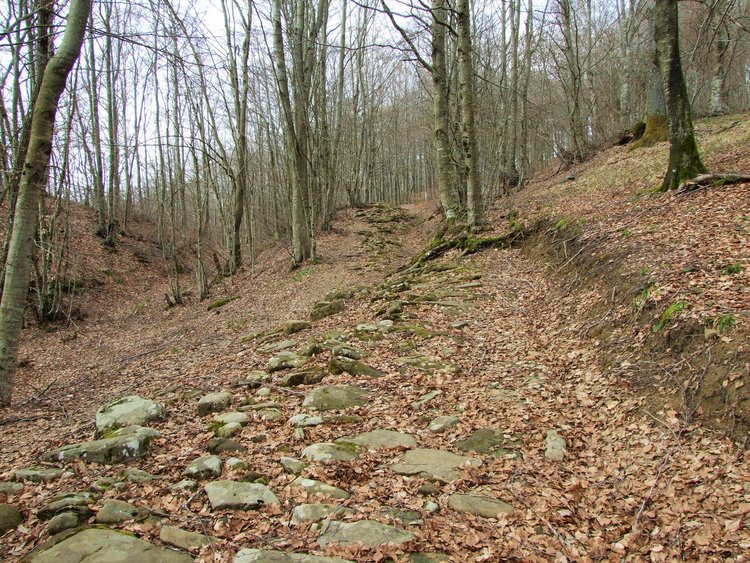
Later that day we went to “Futa Germanic military cemetery” situated in Firenzuola, halfway between Firenze and Bologna. It was built for the definitive settlement of the corpses of the German soldiers who died in the Second World War on Italian territory. There are over 30,000 buried soldiers, the numbers increase each year because some partisans, when on their deathbed, confess how many soldiers they killed and where they had buried them.
